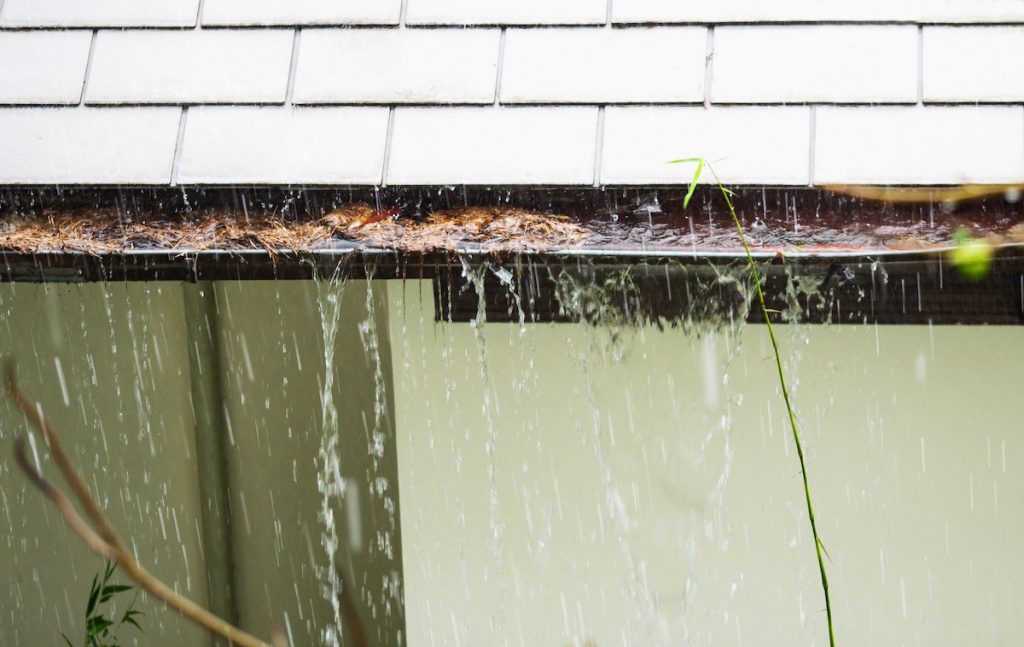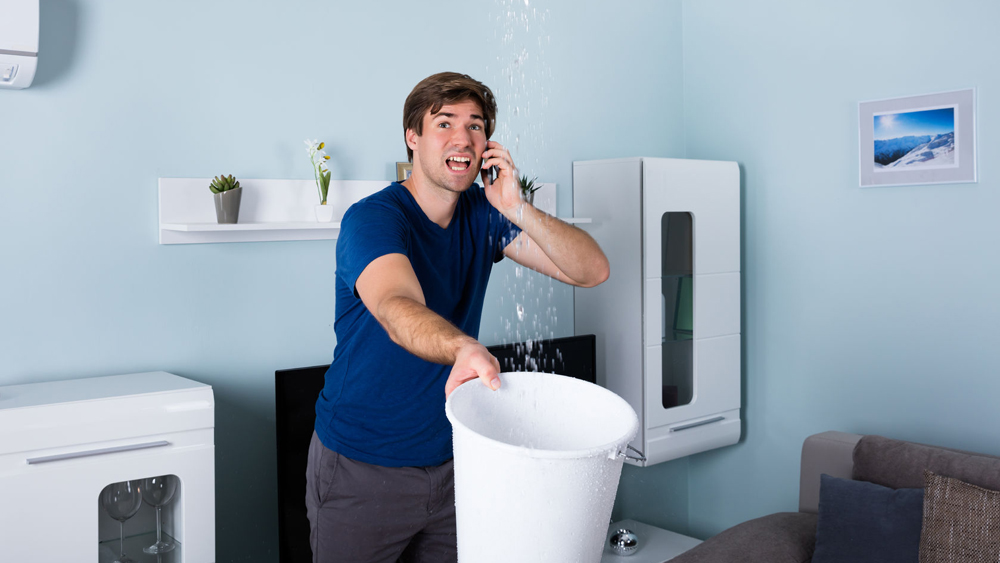Find Why Water Seepage in Your Home
This ResourceThis post in the next paragraphs on the subject of Common Water Leaks In House is truly enlightening. You should look it over.

Leakages not just trigger waste of water however can likewise trigger unneeded damages to your house and also advertise undesirable natural development. Regrettably, water leaks might go unnoticed since most of the pipework in our home is concealed. By looking as well as understanding for everyday scenarios that create leakages, you can secure your house from future leakages and also unneeded damage. Today, we will consider 6 leak triggers that may be creating your pipes to drip.
Instant temperature level changes.
Extreme temperature level adjustments in our pipes can create them to broaden and also acquire all of a sudden. This expansion and contraction may create cracks in the pipes, specifically if the temperature are listed below cold.
Corroded water supply
This may be the reason of staining or bending on your water pipes. If our plumbing system is old, take into consideration changing the pipelines since they are at a greater risk of corrosion than the newer versions.
Defective Pipeline Joints
The point at which your pipelines attach is often the weakest web link in the waterline. Pipeline joints can weaken with time, leading to water leakages. The majority of pipe joints are not quickly noticeable. If you have loud pipelines that make ticking or banging noises, particularly when the hot water is switched on, your pipe joints are most likely under a great deal of pressure. It is advisable to have your plumber examine your system once a year.
Elbowing in origins
Many water leaks start outside the residence rather than inside it. You may discover damp spots or sinkholes in your yard, and also that may mean that tree origins are getting into water lines causing water to permeate out.
Poor Water Connectors
At times, a leak can be triggered by loosened hose pipes and also pipes that supply your devices. In case of a water links leakage, you may observe water running straight from the supply line or puddles around your home appliances.
Clogged Drains
Blocked drains pipes might be frustrating and also inconveniencing, but they can in some cases end up creating an overflow leading to rupture pipelines. Maintain removing any type of products that may go down your drains that might obstruct them to avoid such hassles.
All the above are sources of leakages but not all water leaks arise from plumbing leakages; some leakages might come from roofing system leakages. All leakages should be repaired right away to stay clear of water damages.
Leakages not just cause waste of water yet can also cause unnecessary damage to your house as well as advertise undesirable natural development. By recognizing and also looking for everyday situations that trigger leaks, you can safeguard your house from future leaks as well as unnecessary damage. Today, we will look at six leak triggers that may be triggering your pipelines to leak.
At times, a leak can be triggered by loose hose pipes as well as pipes that supply your home appliances. In case of a water connections leak, you may notice water running straight from the supply line or puddles around your home appliances.
How To Check For Water Leak In Your Home
How To Check for Leaks
The average household's leaks can account for nearly 10,000 gallons of water wasted every year and ten percent of homes have leaks that waste 90 gallons or more per day. Common types of leaks found in the home are worn toilet flappers, dripping faucets, and other leaking valves. These types of leaks are often easy to fix, requiring only a few tools and hardware that can pay for themselves in water savings. Fixing easily corrected household water leaks can save homeowners about 10 percent on their water bills.
To check for leaks in your home, you first need to determine whether you're wasting water and then identify the source of the leak. Here are some tips for finding leaks:
Take a look at your water usage during a colder month, such as January or February. If a family of four exceeds 12,000 gallons per month, there are serious leaks.
Check your water meter before and after a two-hour period when no water is being used. If the meter changes at all, you probably have a leak.
Identify toilet leaks by placing a drop of food coloring in the toilet tank. If any color shows up in the bowl after 10 minutes, you have a leak. (Be sure to flush immediately after the experiment to avoid staining the tank.)
Examine faucet gaskets and pipe fittings for any water on the outside of the pipe to check for surface leaks.
Undetected water leaks can happen without the home or business owner even realizing. If you suspect a water leak, but not able to find the source. It is time to contact a professional water leak detection service, The Leak Doctor.
How To Find a Water Leak In Your Home
https://www.leakdoctor.com/blog/How-To-Check-For-Water-Leak-In-Your-Home_AE197.html

I found that write up on Common Water Leaks In House while surfing the internet. Don't hesitate to take a moment to distribute this blog post if you enjoyed it. Many thanks for your time. Kindly come by our website back soon.
Emergency plumber? One call away.